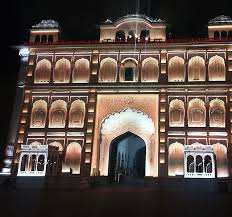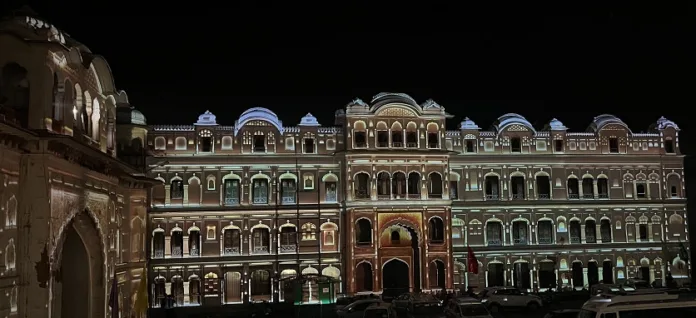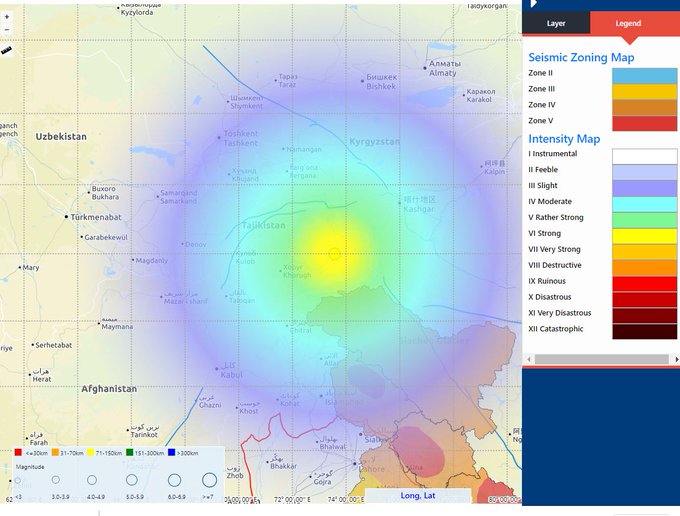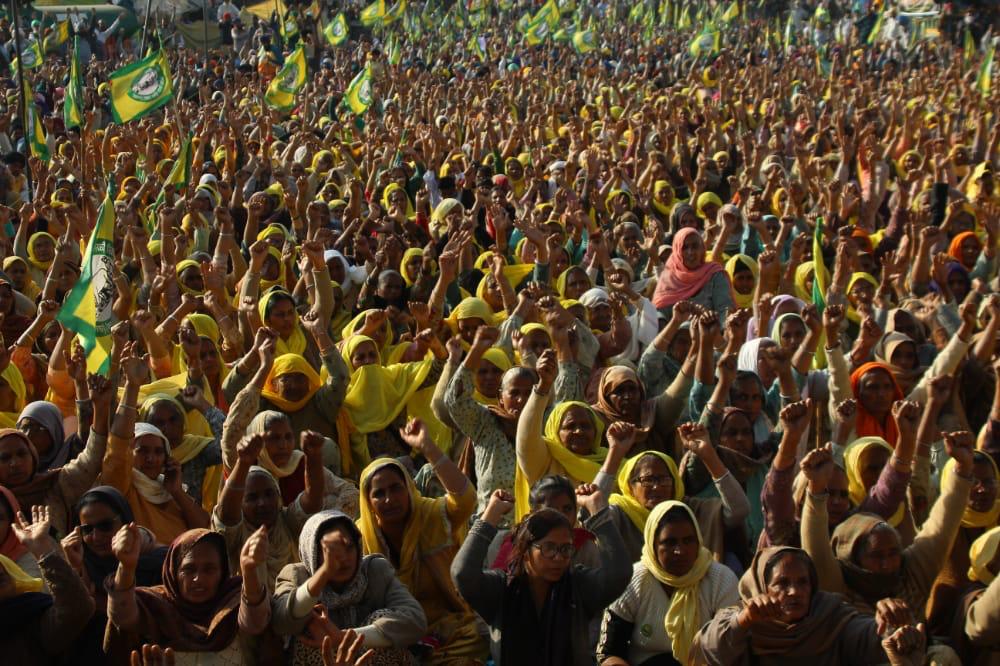Patiala’s foundation day goes unnoticed
Kanwar Inder Singh/ royalpatiala.in News/ February 12,2024
Today, Royal City of Patiala turns 261. Patialvies failed to celebrate the 262 foundation day of their city.
Patiala, an erstwhile princely state, is relatively a young city, a 261 years old. Patiala was founded by Baba Ala Singh, the founder of Phulkian State of Patiala. Previously, it was a small village of Sanaur pargana under Khokhar Zamindars. After acquisition of Sanaur and its 84 villages, Raja Ala Singh selected this site for making a stronghold in order to have a firm control over the newly acquired territory. Consequently, a kachchi garhi (stronghold), a little to the east of Quila Mubarak was erected in 1753. Thereafter, the foundation of Qila Mubarak was laid down by Baba Ala Singh, on 12 February 1763, which was later on completed by Maharaha Karam Singh. The city was originally known as ‘Pati Ala’ (area under Ala Singh), which later on came to be known as Patiala.
The rulers of the erstwhile states of Patiala, Nabha and Jind trace their ancestry to one Chaudhary Phul. Apparently the title of dynasty ‘Phulkian’ is derived from their common founder.
One of his sons, Chaudhary Ram Singh was baptised and blessed by Guru Gobind Singh. His son Ala Singh assumed the leadership in 1714 A.D. when Banda Bahadur was engaged in the fierce struggle against the Mughals. A man with vision and courage, Ala Singh carved out an independent principality from a petty Zamindari of 30 villages. Under his successors, it expanded into a big State, touching the Shivaliks in north, Rajasthan in the south and upper courses of the Jamuna and the Sutlej.
While confronting the most trying and challenging circumstances in the middle eighteenth century, Baba Ala Singh, unlike many of his contemporaries, displayed tremendous courage and shrewdness in dealing with the Mughals, Afghans and Marathas, and successfully established and maintained a state which he had started building up bit by bit.
The vibrant and lively state of Punjab, the hot seat of India’s cultural extravaganzas is rich in grand palaces and majestic forts. Of the numerous palaces and forts, the state boasts of, the Qila Mubarak Patiala, undoubtedly holds a special place.
The erstwhile residence of the legendary Patiala dynasty, the Qila Mubarak Patiala is a battlement fort cum palace, surrounded by crenellated walls, fortifications and towers. The rise however does not in any way diminish the beauty or the imperial grandeur of the palace.

The palace was built under the thoughtful support of Maharaja Ala Singh in 1764. During its days of inception, Qila Mubark was merely a kuch-garhi of a mud fort that was later renovated into a rambling two-storied mansion with an imposing entrance with intricate arches. Baba Ala Singh constructed the Pacca Qila after his conquest of Sirhind. From the receipts of the octroi on the merchandise passing through his territory of the G.T. road, he constructed the Qila.
The Qila Mubarak was the official residence of the rulers of the Patiala state upto the middle of 19th century. In the inner portion of the fort are the palace, where the rulers and members of their families lived. The residential part of the palace that was inhabited by the royal members of the Patiala dynasty was known as the Qila Androon or the Inner Fort. Elegant living chambers for the royal prisoners appropriately named the Jail Walla Palace accompany them. The Darbar Hall in the fort has a unique and majestic structure. It has now a roof built with tin sheets having underneath a false ceiling artistically decorated. In this Hall, the rulers held darbar on festival occasion when both military and civil officers presented Nahars in their traditional way.Besides the Moti Palace and Sheesh Palace, the Rajmata Palace, the Palace of Colors and the Palace of the Moon are the other eminent apartments the lavishly furnished and elegantly decorated palatial apartments.
“Moti Bagh Palace” is also a great architectural place was constructed in 1847 by ”Maharaja Narendara Singh”. It was cost of 5 lakhs on that time. Mahraja Narendara Singh was also a great builder. Its designing is as like as “Shalimar Gardens” of Lahor with beautiful gardens, water channels, terraces and ”Sheesh Mahal”. It has a rope bridge which is known as ”Lakshman Jhula”. Sheesh Mahal was constructed by Maharaja Narendara Singh. He was a lover of music , Literature and Fine Arts. An outstanding example of master engineering witnessed in the Qila Mubarak is its underground sewerage system designed for draining all the waste water automatically. Darshani Gate, the magnificent main entrance of Qila Mubarak was built by Maharaja Narendra Singh. Maharaja Karam Singh constructed the prodigious Durbar Hall during his governance which is today converted to a heritage museum. This museum, renowned for its extraordinary collection of rare exhibits such as antique cannons, swords, shields, maces, the daggers of Guru Gobind Singh Ji and the sword of Nadir Shah is a must visit place in Patiala. Cannon Park situated inside the Qila Mubarak is an engaging terminus for those interested in guns and metallurgy. Painters from Kangra and Rajasthan invited by Maharaja Narendra Singh.
Qila Mubarak Fort
The fort located in the heart of Patiala was founded by Baba Ala Singh. It was further extended, strengthened and beautified by his successors. The fort of Patiala is a blend of Rajput and Mughla Architecture. Its walls are fabulously painted. Quila Mubarak fort built in 1763. Its oldest part, Qila Androon has traces of fine wall paintings. The entrance is through an imposing gate whose architecture is a combination of Mughal and Rajasthani style. The fort complex stands on a 10 acres ground in the heart of the city at Qila Chowk.
Sheesh Mahal
Sheesh Mahal stands behind the main Moti Bagh Palace, constructed by Maharaja Narendra Singh, a patron of literature, music and fine arts. The floral designs on the walls are reminiscent of Emperor Jahangir’s time. The palace now houses a museum an art gallery. Murals and paintings on the walls of this Palace translate the vision of the poetry of Keshav Dass, Bhiari Lal and Surdas in the finest of line and colour.
Old Moti Bagh Palace
The magnificent Old Moti Bagh Palace monument built in 20th century. It built in Indo Saracenic style, has as many as 15 dinning Halls. This opulent and imposing building, one of the largest residences in Asia is set amidst terraced gardens and water channels inspired by Mughal Gardens.
(Courtesy S. Mohan Singh ,Former Director and Founder Curator, Museums, Pb.)












